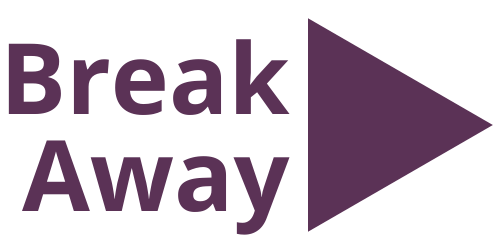A Solution Isn’t Always the Answer
Many of us have the desire to be a quick fixer. Table a little wobbly at a coffee shop? Fold up a napkin and shove it under the leg. Not enough people to volunteer at an on-campus event? Gather as many folks as you can and offer them free pizza. Your friend has too much work on their plate? Join them in a late night study session. A natural reaction to identifying problems is to try and find solutions. But this isn’t always the right move.
Act as a Witness in Community Engagement
While progressing along the Community Collaborator Continuum, we uncover realities of a long history of injustice and resulting generational trauma experienced by marginalized communities. We find incredibly personal stories of violence and discrimination, barred or inhibited access to basic needs, and tragic events that alter life’s course. The pain that comes from systemic oppression can’t simply be fixed. Especially not by a one-off service experience. There isn’t a one-size-fits-all approach and there isn’t a singular solution. Healing processes look different and more often than not, are ongoing.
When engaging in communities external to our own, whether or not we hold shared identities or experiences, we have to be okay knowing that we are there to humbly offer what support we can. We are not there to fix anything. Knowing when not to act is a critical and overlooked skill as we strive to be Community Collaborators. Anguish cannot be relieved by knowing the “right” thing to say or even offering answers based on someone else’s experience. When our immediate response to grief is proposing solutions, we’re disregarding a necessary part of the healing process.
So what can we do as supporters? Direct service isn’t always the answer. Sometimes being a listening ear or a physical presence is the most important role. We need to slow down and decenter ourselves. Be present, listen to understand, let them know they aren’t alone—especially when personal suffering exists beyond others’ attention span.
Those who go through the process of healing adjust to their new reality but are fundamentally changed by it. The trauma never really leaves. Show up, fully, even when it’s hard. That’s when we need community the most.

